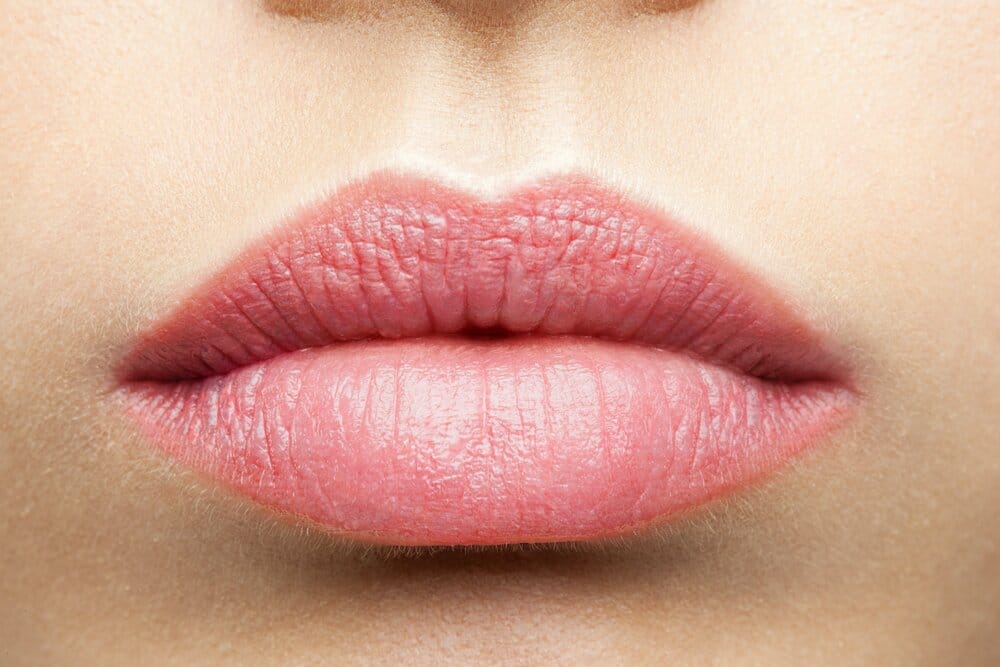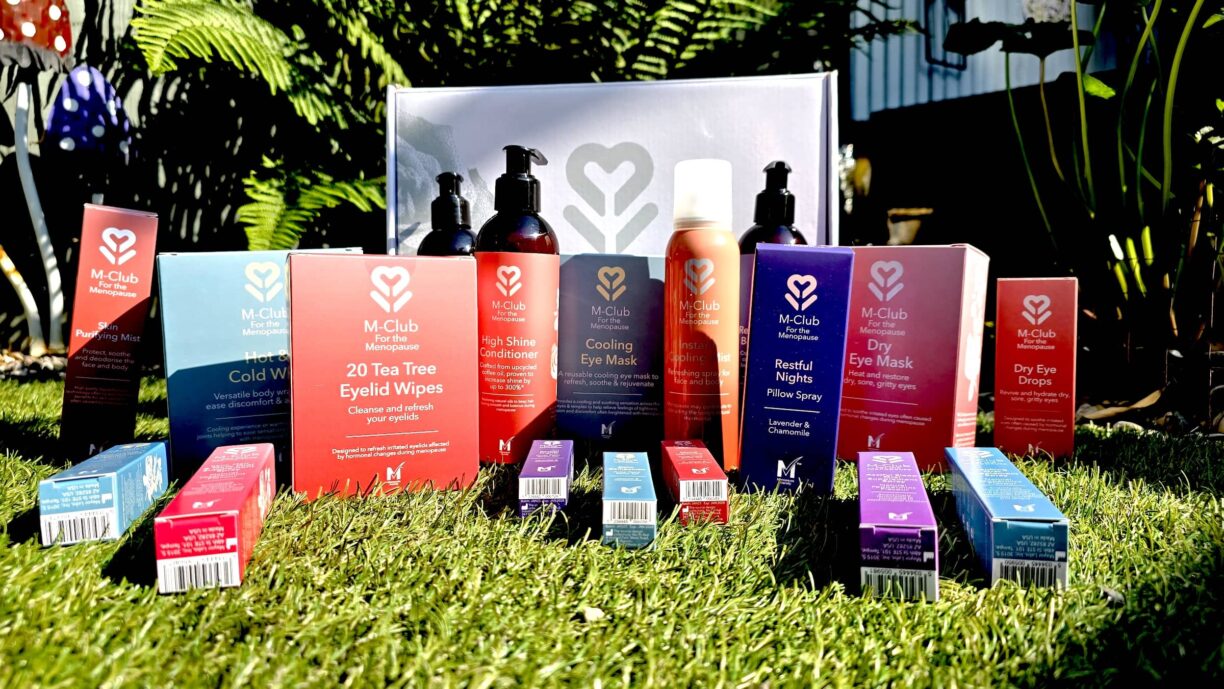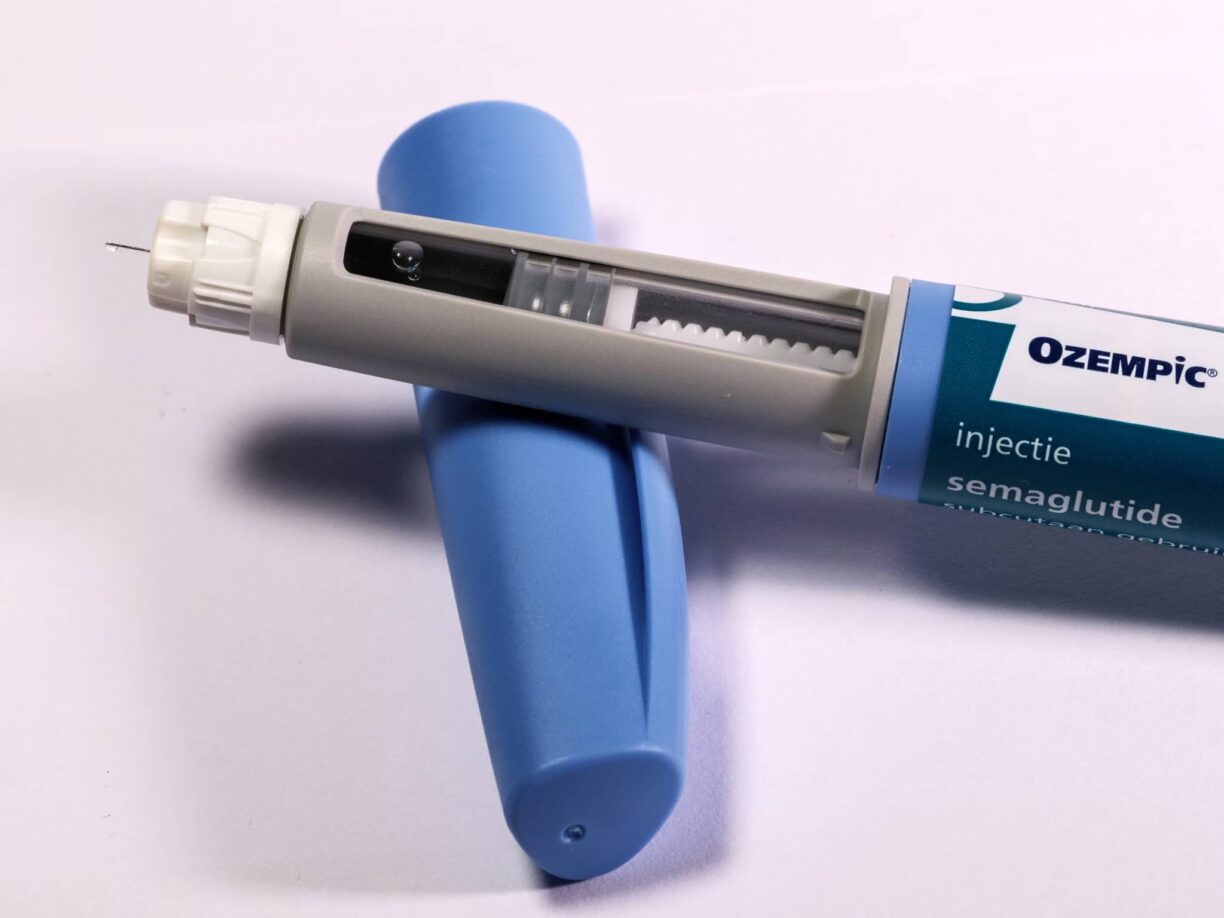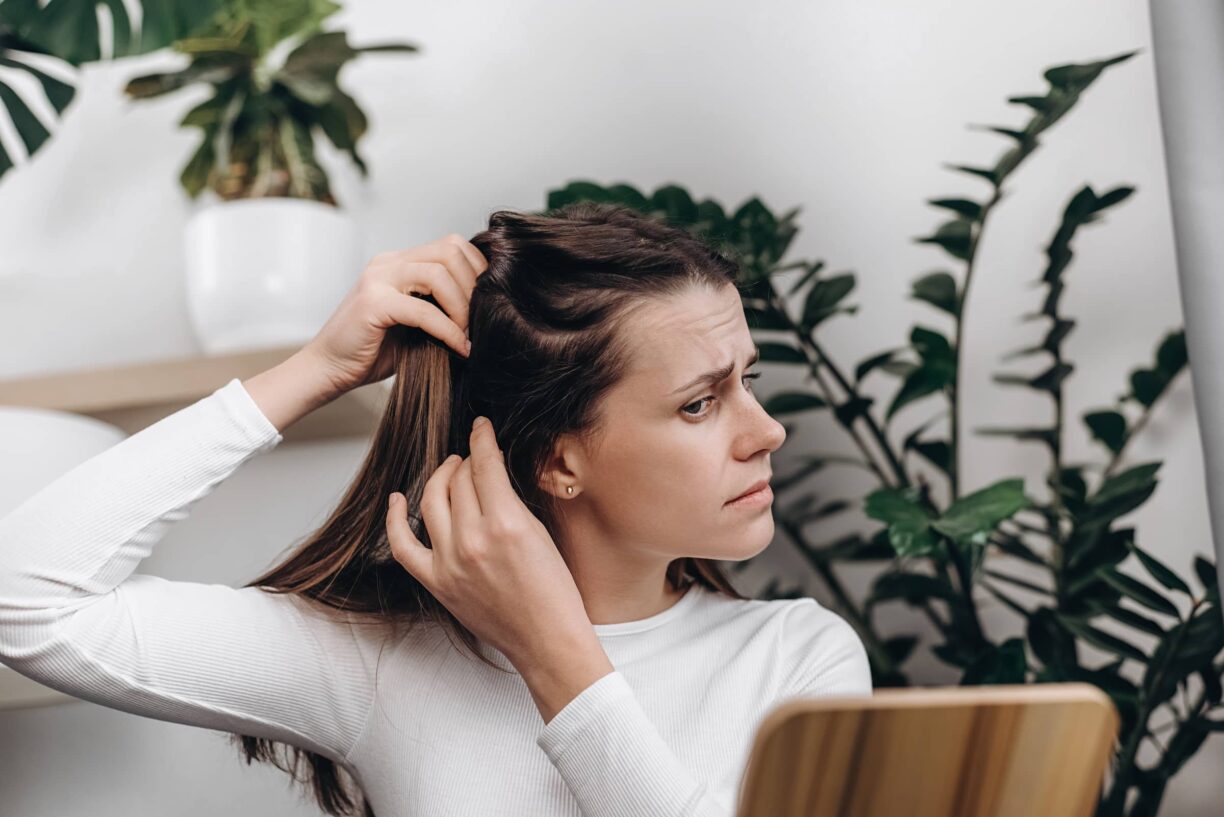Beauty fans will know that big, full lips have been on-trend for the last few years and, thanks to celebs like Kylie Jenner, ‘tweakments’ like non-surgical lip fillers have massively increased in popularity.
But lip fillers may be on the way out, as a controversial new treatment claims to offer more authentic and longer-lasting results than dermal injections.
Dubbed ‘lip threading’ the temporary treatment costs upwards of £400 and is gaining popularity in America, where it’s been FDA-approved. And no, it doesn’t have anything to do with hair removal.
So does it hurt? Is it reversible and, most importantly, is it safe? We spoke to cosmetic surgery experts to find out…
What is ‘lip threading’ and how does it differ to the lip fillers some people opt for?
“Lip threading, essentially, is passing threads through your skin to make your lips appear more defined,” explains Dr Ross Perry, aesthetic expert and medical director of CosmedicsUK.
Compared to fillers, Perry says the lip enhancement is more subtle, particularly around Cupid’s bow area.
“The threads are made up of poly-L-lactic acid, or PLLA, a biocompatible [non-toxic to living tissue] synthetic substance.”
They’re placed into the lip to help stimulate collagen production, which changes both the shape and size of the lip.
“It does add some volume,” says Perry, “but is more about redefining the natural lip line. Hyaluronic acid is generally used as an injectable to plump the lips, while ‘threading’ involves dissolvable threads being threaded into the outline of the lips for a more contoured, natural look.”
It sounds quite painful. Does it hurt and is it actually safe?
“If you’re having both the bottom and the top lip done, it would mean at least four separate threads—two on top and two on the bottom,” explains Perry.
“Like all cosmetic procedures, there are potential risks and even though it is FDA-approved, this does not mean side effects cannot happen.”
“Downtime from bruising can be up to two weeks,” he says, adding that he’s unsure of the major benefit of this treatment over the tried and tested hyaluronic acid fillers.
“The procedure is not pain-free, though it is tolerable,” says Dr Sabika Karim (revereclinics.com). “A small injection of local anaesthetic to the injection entry site may help to reduce the discomfort.”
Parry warns the procedure is more invasive than fillers and harder to reverse if you have an allergic reaction or end up with a botched result.
“The threads break down naturally in the lips [over time],” adds Parry, “which means it’s made for those who are looking for lasting results.
“Unfortunately, if it causes any side-effects, such as granulomas [lumps in the skin, usually produced by the body in response to inflammation or a foreign substance] or allergic reactions, treating them would be very difficult since the poly-L-lactic acid is not dissolvable or [easily] reversible. You’d need to wait one to two years for it to dissolve naturally.”
Lip threading “is safe, as long as it is carried out by an experienced medical practitioner,” says Dr Karim. “However, if you are not happy with the result, or are unlucky enough to have a complication such as infection, it is very difficult to remove the thread, unlike hyaluronic acid fillers which are dissolvable.”
If you are planning on having a cosmetic procedure of any kind, it is always advised to use a qualified aesthetician and seek medical advice.





